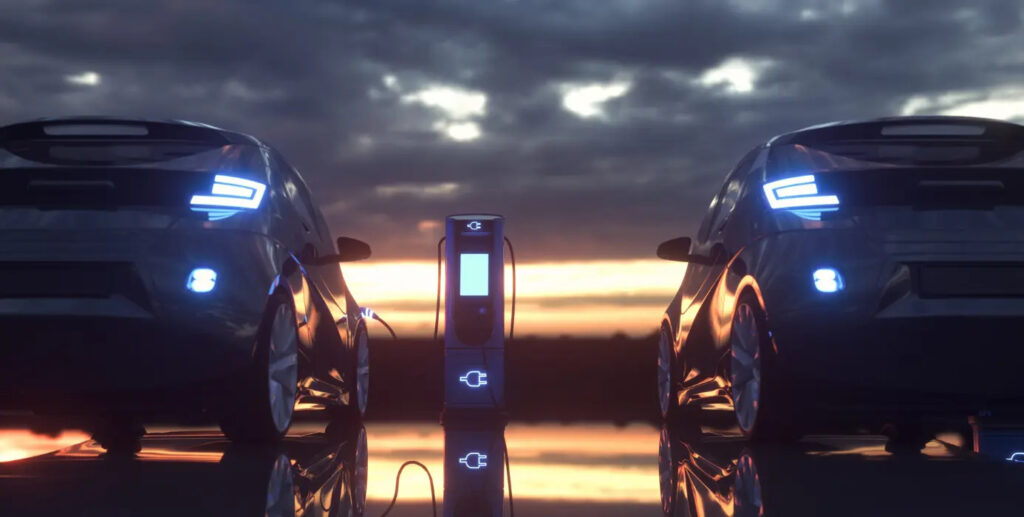The UK Power Networks’ Park and Flex study has used advanced modeling to uncover the enormous potential of using long-stay car parks to help power the grid.
Early research from the study has found that more than 1.3 million homes could be powered by filling up electric cars’ batteries in long-stay car parks when energy is cheap and demand is low – for example during sunny days or windy nights – and injecting power back into the system at peak times.
The potential of 4.3GW of flexible electricity demand could play a major role in helping London, the east and the southeast of England efficiently transition to a low-carbon economy. The study used advanced modeling alongside forecasts from UK Power Networks and energy specialist Baringa for the number of electric vehicles on Britain’s roads in the coming years.
Long-stay car parks such as airports were shown to offer increased benefits over shorter-term solutions such as hotels or supermarket car parks, with a customer’s flight dates dictating the precise length of a vehicle’s stay, giving network operators greater insight into spare power or capacity they can call on at any time.
It is estimated that £1.3bn (US$1.6bn) in flexible energy savings could be made by 2050 if rolled out across the 140,000 long-stay parking spaces in the areas UK Power Networks serves in the south and east of England.
The Park and Flex project, which is being developed in cooperation with Fermata Energy and energy consultancy Baringa, is supported by funding from Innovate UK’s Strategic Innovation Fund. As the study continues, it will seek to understand how the new vision could be rolled out nationally and identify the customer incentives needed to make it happen.
Ian Cameron, director of customer service and innovation at UK Power Networks, said, “As more and more people begin to adopt green technologies, we’re able to innovate and explore tangible scenarios that could make a real difference on the path to net zero.
“Through Park and Flex, we foresee a world where dormant vehicles can be used as the building blocks for one of the UK’s biggest flex batteries. This dynamic battery, fueled by thousands upon thousands of electric vehicles, could play a massive role in creating a new green energy supply. It could do so without customers having to lift a finger.”
Tony Posawatz, CEO of Fermata Energy, said, “With ramping sales of electric vehicles, gigawatts of energy storage capacity can be accessed with bi-directional (V2G) charging to support UK distribution networks during peak events. Airports have enormous public car parks and large electrical systems throughout. With thousands of vehicles parked for hours to days at a time, enormous value can be unlocked in key grid locations providing resilience and stability, while lowering costs. This first-of-its-kind Park and Flex study will demonstrate the scalable benefits of V2G technology in public car parks for grid networks and consumers alike.”
For more key sustainability updates from the passenger terminal industry, click here.

